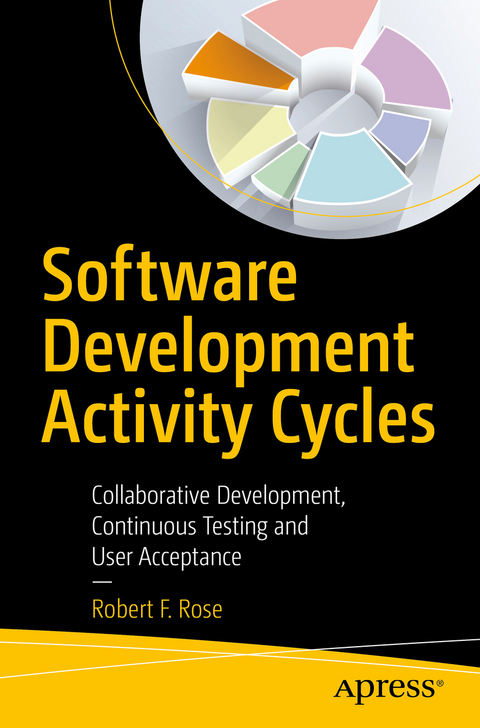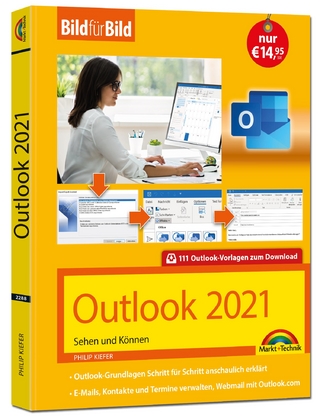
Software Development Activity Cycles
Apress (Verlag)
978-1-4842-8238-0 (ISBN)
This approach allows the user or Subject Mater Expert (SME) to contemplate the face of the system through several iterations of design and development, using the triad principle (“Power of Three”) matching a programmer, tester and member of the user community This approach incrementally reveals the best fit to the intent of the vision statement and iteratively uncovers the needs of the user while maintaining conceptual integrity. This book provides a holistic and comprehensible view of the entire development process including ongoing evolution and support, staffing, and establishment of a comprehensive quality engineering program. It describes activity inside the “belly of the beast.” By including support services as a part of the development model a complete return on investment (ROI) can be calculated and a value stream can be measured over the entire Application Life Cycle.
You will
· See how the various disciplines constituting the software development process come together· Understand where in the iterative development process progress can be measured and control exercised
· Review how a quality engineering program will positively affect the quality of the development process
· Examine how the quality of the development process profoundly affects the quality of the software system
Who this book is for
Intended for a technical audience, this work should be of interest to all technical personnel including analysts, programmers, test and production, especially mid level managers and anyone familiar with the principles of a Lean, Agile approach to development.
Robert F. Rose has provided services to both private and public sectors including telecom and healthcare, NavAir, the Environmental Protection Agency (EPA) and Housing and Urban Development (HUD). His experience includes pioneering design and development of a warehouse system for storing and analyzing medical records, design and development of an early prototype logistics tracking system for the V22 Osprey, and design and implementation of a complex enterprise wide web based directory system. Among his accomplishments he was Technical Project Manager for the Presidential Commission’s Inquiry on the Challenger Disaster. The DPAC model is the product of independent efforts both in management and in preparation of the technical approach section for various responses to Requests for Proposals (RFP). Now retired, Robert has pulled together the sum of his experience with the process of developing software into the DPAC framework. It is entirely original work not derivativefrom other approaches.
Chapter 1: The DPAC Model.- Chapter 2: Why Include Support in a Development Model?.- Chapter 3: Inception.- Chapter 4: Elaboration.- Chapter 5: Construction.- Chapter 6: Assembly.- Chapter 7: Evolution.- Chapter 8: Risk Management.- Chapter 9: Engineering SOftware Quality.- Chapter 10: Final Remarks.- Appendix.
| Erscheinungsdatum | 23.07.2022 |
|---|---|
| Zusatzinfo | 55 Illustrations, black and white; XXXII, 279 p. 55 illus. |
| Verlagsort | Berkley |
| Sprache | englisch |
| Maße | 155 x 235 mm |
| Themenwelt | Informatik ► Office Programme ► Outlook |
| Informatik ► Software Entwicklung ► User Interfaces (HCI) | |
| Mathematik / Informatik ► Mathematik ► Finanz- / Wirtschaftsmathematik | |
| Schlagworte | agile project management • ATDD • BDD • Collaborative Development • Continuous Testing • Driven Development • Lean-Agile Software Development • software development • Software Quality Engineering • Test • User Acceptance Driven Development |
| ISBN-10 | 1-4842-8238-8 / 1484282388 |
| ISBN-13 | 978-1-4842-8238-0 / 9781484282380 |
| Zustand | Neuware |
| Informationen gemäß Produktsicherheitsverordnung (GPSR) | |
| Haben Sie eine Frage zum Produkt? |
aus dem Bereich


